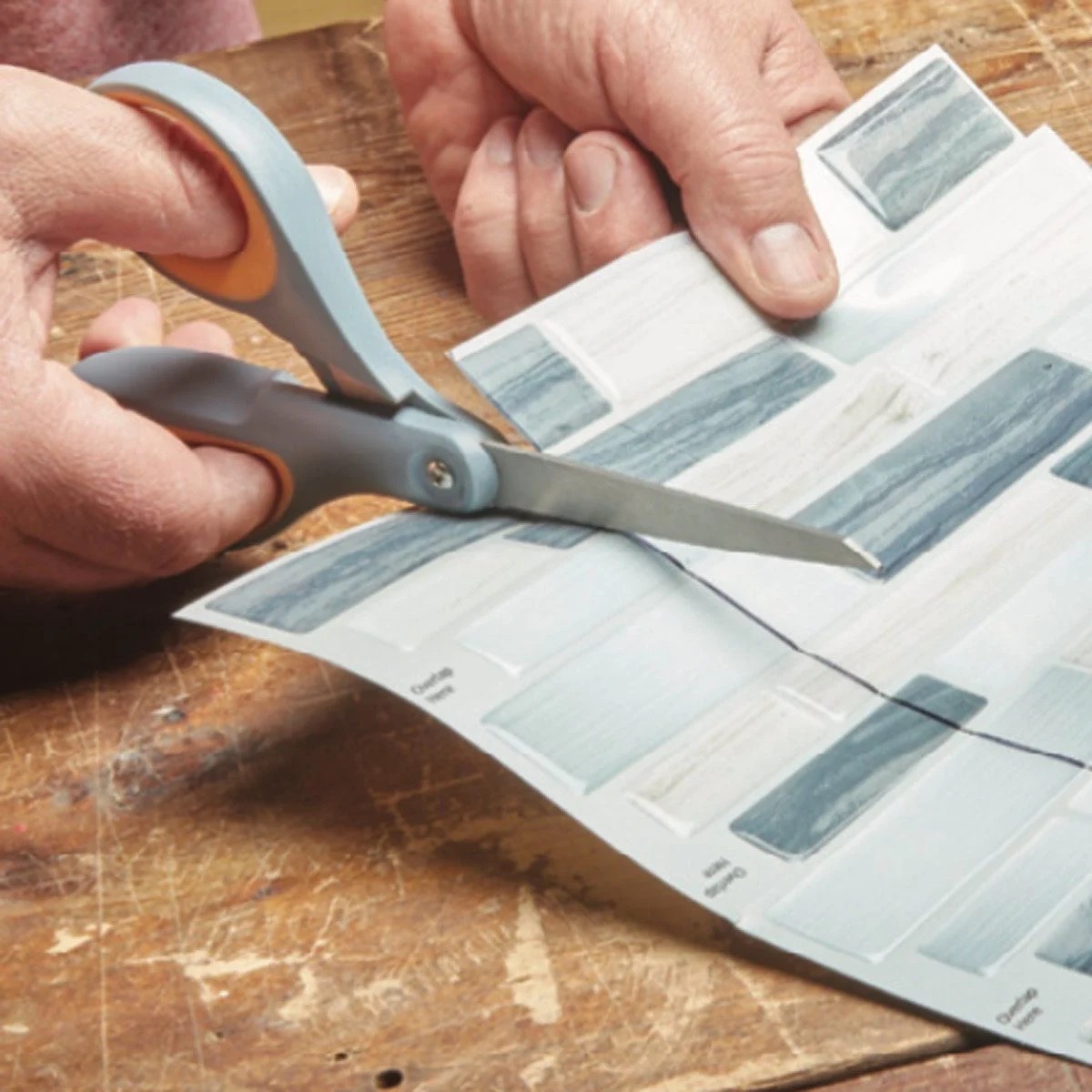

Articles
How Long Does Peel And Stick Tile Last
Modified: January 5, 2024
Discover how long peel and stick tile can last in our informative articles. Get expert insights and tips for maximizing durability and longevity.
(Many of the links in this article redirect to a specific reviewed product. Your purchase of these products through affiliate links helps to generate commission for Storables.com, at no extra cost. Learn more)
Introduction
Peel and stick tiles have become a popular choice for homeowners looking to add a touch of elegance to their homes without the hassle and cost of traditional tiles. These self-adhesive tiles offer a convenient and affordable way to update the look of your kitchen, bathroom, or any other room in your house. But how long do peel and stick tiles actually last?
In this article, we will explore the factors that influence the lifespan of peel and stick tiles, discuss the importance of quality materials and proper installation techniques, and provide tips on maintenance and signs that indicate it’s time to replace your peel and stick tiles.
Peel and stick tiles, also known as self-adhesive tiles or vinyl tiles, are a type of flooring option that can be easily installed without the need for any glue or other adhesives. These tiles are typically made of vinyl or a vinyl composite material and often come in a variety of patterns and designs to suit different tastes and styles.
One of the biggest advantages of peel and stick tiles is their ease of installation. Unlike traditional tiles that require professional expertise and time-consuming processes, peel and stick tiles can be easily applied by simply removing the backing paper and sticking them onto a clean and smooth surface.
However, it’s important to note that the lifespan of peel and stick tiles can vary depending on several factors. The quality of the materials used, the installation technique and preparation, environmental factors, and proper maintenance all play a crucial role in determining how long these tiles will last in your home.
In the upcoming sections, we will delve deeper into each of these factors and provide valuable insights and tips to ensure that your peel and stick tiles stand the test of time. So, let’s get started and uncover the secrets to maximizing the lifespan of your peel and stick tiles.
Key Takeaways:
- Quality materials, proper installation, and diligent maintenance are crucial for maximizing the lifespan of peel and stick tiles. Consider environmental factors and signs of wear to ensure long-lasting, beautiful floors.
- Recognize signs such as peeling, wear, or discoloration to determine when it’s time to replace peel and stick tiles. Proactive monitoring and timely action can maintain a fresh and functional flooring solution.
Read more: How Long Does Peel And Stick Backsplash Last
What are Peel and Stick Tiles?
Peel and stick tiles, also commonly referred to as self-adhesive tiles or vinyl tiles, are a versatile and easy-to-install flooring option that has gained popularity in recent years. These tiles typically come in a square shape and are made of vinyl or a vinyl composite material.
What sets peel and stick tiles apart from traditional tiles is the adhesive backing that allows for easy installation. As the name suggests, all you need to do is peel off the backing and stick the tile onto a clean and smooth surface. This eliminates the need for messy glues or adhesives, making the installation process much simpler and more convenient.
Peel and stick tiles come in a wide range of styles, patterns, and colors, allowing homeowners to easily find a design that suits their aesthetic preferences. From sleek and modern designs to classic and traditional ones, there is something for everyone.
These tiles are versatile in their application and can be used in various areas of the home, including kitchens, bathrooms, entryways, and even living rooms. They are particularly popular in rental properties, as they can be easily removed without leaving behind any residue, making them a temporary and cost-effective solution.
While vinyl is the most common material used for peel and stick tiles, there are also options available in other materials such as stone or ceramic. These tiles mimic the look of natural materials while offering the ease of installation and maintenance that vinyl provides.
One of the key advantages of peel and stick tiles is their affordability. Compared to traditional tiles, peel and stick tiles are significantly cheaper, making them a budget-friendly option for homeowners looking to update the look of their floors without breaking the bank.
In addition to their cost-effectiveness, peel and stick tiles are also known for their durability. Made from sturdy materials, these tiles can withstand daily wear and tear, making them suitable for high-traffic areas of the home. However, it is important to note that the lifespan of peel and stick tiles can vary depending on various factors, which we will explore in the subsequent sections.
Overall, peel and stick tiles offer a convenient, affordable, and stylish solution for homeowners looking to revamp their floors. With their easy installation process and wide range of design options, these tiles have become a popular choice in homes across the globe.
Factors Influencing the Lifespan of Peel and Stick Tiles
The lifespan of peel and stick tiles can vary depending on several factors. Understanding these factors can help you better maintain and maximize the longevity of your tiles. Let’s take a closer look at the key elements that influence the lifespan of peel and stick tiles:
1. Quality of Materials Used: The quality of the materials used in the manufacturing of peel and stick tiles plays a significant role in determining their longevity. Higher-quality materials are likely to have better adhesive properties, making them less prone to peeling or lifting over time. Investing in tiles made from durable vinyl or vinyl composite materials can significantly extend the lifespan of your peel and stick tiles.
2. Installation Technique and Preparation: Proper installation is crucial for the longevity of peel and stick tiles. Ensure that the surface is clean, dry, and smooth before applying the tiles. Any dirt, dust, or debris on the surface can compromise the adhesive properties and cause the tiles to lift or come off. Follow the manufacturer’s instructions carefully and consider using a primer or adhesive enhancer for added durability.
3. Environmental Factors: Environmental conditions can have a significant impact on the lifespan of peel and stick tiles. Exposure to extreme temperature changes, excessive moisture, or direct sunlight can cause the tiles to warp, fade, or deteriorate over time. It’s important to choose tiles that are suitable for the specific area of installation and take measures to control the humidity and temperature levels in the space.
4. Maintenance and Cleaning: Regular maintenance and proper cleaning practices can prolong the lifespan of peel and stick tiles. Avoid using harsh chemicals or abrasive cleaners that can damage the tiles or strip away the adhesive. Instead, opt for gentle cleansers specifically designed for vinyl floors. Additionally, promptly addressing any spills, stains, or damage can prevent further deterioration of the tiles and maintain their appearance and integrity.
5. Traffic and Usage: The amount of foot traffic and usage your peel and stick tiles experience can impact their lifespan. Higher-traffic areas, such as entryways or kitchens, may require more frequent maintenance and eventual replacement compared to less-used rooms. Consider placing rugs or mats in high-traffic areas to reduce wear and tear on the tiles.
By taking these factors into consideration and implementing proper care and maintenance practices, you can extend the lifespan of your peel and stick tiles. Regularly inspecting the tiles for signs of wear, such as peeling, lifting, or discoloration, can help you identify when it’s time to replace them. Remember, investing in high-quality materials, proper installation, and diligent upkeep will ensure that your peel and stick tiles remain beautiful and functional for years to come.
Quality of Materials Used
The quality of materials used in the manufacturing of peel and stick tiles is a critical factor that significantly impacts their lifespan. Investing in tiles made from high-quality materials can make a significant difference in the durability and longevity of your flooring.
When it comes to peel and stick tiles, the most common material used is vinyl. Vinyl tiles are known for their strength, durability, and resistance to wear and tear. However, not all vinyl tiles are created equal, and it’s important to choose tiles made from premium-quality vinyl or vinyl composite materials.
High-quality vinyl tiles are made using a combination of vinyl resin and additives that enhance their strength and performance. These tiles have a thicker wear layer, which provides better protection against scratches, stains, and fading.
Another aspect to consider is the adhesive backing of the peel and stick tiles. The adhesive is what allows the tile to stick to the surface and remain securely in place over time. It is crucial to choose tiles with a strong and reliable adhesive. Low-quality tiles may have a weak adhesive that can result in the tiles lifting or peeling off, compromising the overall durability of the flooring.
It is recommended to look for peel and stick tiles that have a high-quality, pressure-sensitive adhesive backing. This type of adhesive forms a strong bond with the surface, ensuring that the tiles remain firmly in place even in high-traffic areas.
In addition to the quality of the materials, the thickness of the tiles can also impact their lifespan. Thicker tiles generally offer better durability and resistance to wear. They are less likely to show signs of wear and tear and have a longer lifespan compared to thinner tiles. However, it’s important to strike a balance, as excessively thick tiles may be more difficult to install properly.
When shopping for peel and stick tiles, consider looking for manufacturers or brands that have a reputation for producing high-quality products. Read reviews from other customers and check for any certifications or warranties offered by the manufacturer. These indicators can give you confidence in the quality and lifespan of the tiles you are considering.
Investing in peel and stick tiles made from high-quality materials may mean a slightly higher upfront cost, but it can save you money in the long run. With better durability and resistance to wear and tear, these tiles are more likely to stand up to the test of time and regular use.
By choosing peel and stick tiles made from premium-quality materials and backed by a strong adhesive, you can ensure that your flooring remains beautiful and functional for many years to come. Take the time to do your research, compare options, and select tiles that offer the best quality and durability within your budget.
Installation Technique and Preparation
Proper installation technique and preparation are essential for ensuring that peel and stick tiles have a long and reliable lifespan. Taking the time to prepare the surface and following the correct installation process will help to prevent issues such as peeling, lifting, or premature wear. Here are some key factors to consider:
1. Surface Preparation: Before installing peel and stick tiles, it is crucial to properly prepare the surface. Ensure that the surface is clean, dry, and smooth. Remove any dust, dirt, or debris using a vacuum cleaner or broom. If there are any imperfections such as cracks or bumps, use a floor-leveling compound or patching material to create a smooth and even surface.
2. Acclimation: Allow the tiles to acclimate to the room temperature for at least 48 hours before installation. This will help to prevent any expansion or contraction that may occur due to temperature changes. Follow the manufacturer’s guidelines on acclimation time and temperature requirements.
3. Layout Planning: Carefully plan the layout of the tiles before installation. Use a measuring tape and snap chalk lines to create guidelines for the placement of the tiles. This will help ensure that the tiles are installed in a straight and even pattern, resulting in a professional-looking finish.
4. Adhesive Application: Follow the manufacturer’s instructions regarding adhesive application. Some peel and stick tiles come with a built-in adhesive, while others require the use of additional adhesive. Apply the adhesive evenly and ensure complete coverage. Avoid applying too much adhesive, as it may seep through the seams of the tiles or cause them to lift.
5. Proper Pressure and Rolling: Once the tiles are applied to the surface, use a roller or hand pressure to ensure proper adhesion. Roll over the tiles in different directions, applying even pressure to ensure that the adhesive fully bonds to the surface. This step is crucial for avoiding issues such as air bubbles or gaps between the tiles.
6. Sealing the Edges: To prevent moisture or dirt from getting underneath the tiles and causing them to lift, consider sealing the edges with a silicone caulk. This step will help to create a watertight seal and provide added protection against moisture damage.
7. Allow for Proper Curing Time: After installation, allow the tiles to properly cure before subjecting them to heavy traffic or cleaning. Curing time can vary depending on the manufacturer, so be sure to check their recommendations. Avoid placing heavy furniture or rugs on the newly installed tiles until they have fully cured.
By following these installation techniques and preparing the surface correctly, you can ensure a smooth and successful installation of peel and stick tiles. This will help to prevent issues such as tile shifting, peeling, or premature wear, and contribute to a longer lifespan for your flooring. Remember to carefully read the manufacturer’s instructions and seek professional assistance if needed, to ensure a proper installation.
Peel and stick tile can last for several years if properly installed and maintained. To ensure longevity, clean the surface thoroughly before installation and avoid placing heavy objects on the tiles.
Environmental Factors
Environmental factors play a significant role in determining the lifespan of peel and stick tiles. Exposure to certain conditions can impact the durability and appearance of the tiles over time. Consider the following environmental factors when installing and maintaining your peel and stick tiles:
1. Temperature Fluctuations: Extreme temperature fluctuations can affect the adhesive properties of peel and stick tiles. Excessive heat can cause the adhesive to soften, leading to tiles that may peel or lift. Similarly, extreme cold can make the adhesive brittle and prone to cracking. It is important to choose peel and stick tiles that are suitable for the specific temperature range of your environment.
2. Moisture and Humidity: Moisture and humidity levels can have a significant impact on peel and stick tiles, especially in areas such as bathrooms, kitchens, or basements. Excessive moisture can seep through the seams of the tiles and weaken the adhesive, causing them to lift or develop mold and mildew. Ensure that the surface is dry before installation and use proper ventilation and dehumidifiers to control moisture levels in the room.
3. Sunlight Exposure: Direct sunlight can cause color fading and discoloration in some types of peel and stick tiles, particularly those with a pattern or design. If your tiles will be exposed to significant sunlight, consider choosing UV-resistant or fade-resistant tiles. Additionally, using window treatments such as blinds or curtains can help to minimize sunlight exposure and protect the tiles.
4. Subfloor Stability: The stability and condition of the subfloor can indirectly affect the lifespan of peel and stick tiles. Uneven or unstable subfloors can cause the tiles to shift or crack over time. It is essential to have a properly prepared and level subfloor before installation to ensure the longevity of the tiles. Use leveling compounds or perform necessary repairs to address any subfloor imperfections.
5. Water Resistance: Some peel and stick tiles are more water-resistant than others. If you are installing tiles in areas prone to water spills or high humidity, such as bathrooms or laundry rooms, it is advisable to choose tiles with better water resistance and a stronger adhesive backing. These tiles are designed to withstand prolonged exposure to moisture and are less likely to warp or deteriorate over time.
Proper care and maintenance are crucial in mitigating the impact of environmental factors on peel and stick tiles. Wipe up spills promptly, avoid excessive water exposure, and use appropriate cleaning products recommended by the manufacturer. Regularly inspect the tiles for any signs of damage or wear and take immediate action to address any issues to prevent further deterioration.
By considering and managing these environmental factors, you can help prolong the lifespan of your peel and stick tiles and maintain their appearance and functionality for many years to come.
Maintenance and Cleaning
Proper maintenance and regular cleaning are essential for extending the lifespan of peel and stick tiles. By implementing the right practices and using appropriate cleaning techniques, you can keep your tiles looking fresh and prevent damage. Here are some tips for maintaining and cleaning your peel and stick tiles:
1. Sweeping and Vacuuming: Regularly sweep or vacuum the floor to remove dust, dirt, and debris. This will prevent scratches or abrasions on the surface of the tiles. Use a soft-bristle broom or a vacuum cleaner with a brush attachment to gently clean the floor.
2. Mopping: As needed, damp mop the tiles using a mild cleaner specifically formulated for vinyl or laminate floors. Avoid using excessive water, as standing water can seep into the seams and compromise the adhesive. Wring out the mop thoroughly or use a damp mop or microfiber mop for better control of moisture.
3. Avoid Harsh Chemicals: Avoid using abrasive cleaners, harsh chemicals, or vinegar-based solutions, as they can damage the tiles or strip away the adhesive. Opt for gentle cleaners specifically designed for vinyl or laminate floors. Always follow the manufacturer’s recommendations regarding cleaning products.
4. Stain Removal: Address spills and stains promptly to prevent them from becoming permanent. Use a soft cloth or sponge and a mild cleaner to gently remove stains. For tougher stains, you may need to use a non-abrasive scrub brush or a specialized stain remover recommended for use on vinyl flooring.
5. Preventive Measures: Place mats or rugs near entryways to trap dirt and moisture before it reaches the tiles. Avoid dragging heavy furniture or appliances across the floor, as it can cause scratches or damage. Place furniture pads under the legs of chairs, tables, and other furniture to prevent indentation.
6. Regular Inspections: Periodically inspect the tiles for any signs of wear, damage, or peeling. Check the edges and corners of the tiles, as these are areas that are more prone to lifting or damage. Address any issues immediately to prevent further damage or deterioration.
7. Protective Coating: Consider applying a protective coating or sealant specifically formulated for peel and stick tiles. This can help to enhance the durability of the tiles and provide an extra layer of protection against scratches, stains, and fading. Follow the manufacturer’s instructions for application and reapplication.
Remember to always refer to the manufacturer’s guidelines and recommendations regarding maintenance and cleaning. Each type of peel and stick tile may have specific care instructions that you should follow to maintain its appearance and performance.
By following these maintenance and cleaning practices, you can prolong the lifespan of your peel and stick tiles and ensure that they continue to look beautiful and function properly for years to come. Regular care and attention will help to preserve the integrity of the tiles and keep your floors in top condition.
Signs that Your Peel and Stick Tiles Need to be Replaced
While peel and stick tiles are designed to be durable and long-lasting, there may come a time when they need to be replaced. Regular inspections and awareness of certain signs can help you identify when it’s time to replace your peel and stick tiles. Here are some common signs that indicate your tiles may need to be replaced:
1. Peeling or Lifting: If you notice that your peel and stick tiles are starting to peel or lift from the surface, it’s a clear indication that the adhesive is failing. This can happen due to various factors such as poor installation, excessive moisture, or adhesive degradation over time. When the tiles no longer adhere properly, it’s time to consider replacing them to prevent further damage.
2. Damage and Wear: Over time, peel and stick tiles may show signs of wear and damage, especially in high-traffic areas. Scratches, chips, cracks, or deep indentations can compromise the appearance and integrity of the tiles. If the damage is significant or widespread, it may be necessary to replace the affected tiles or consider replacing the entire floor.
3. Discoloration or Fading: Exposure to sunlight or harsh cleaning chemicals can cause peel and stick tiles to fade or change color over time. If you notice significant discoloration that cannot be resolved through cleaning or if the color no longer matches your desired aesthetic, it may be time to replace the tiles.
4. Mold or Mildew Growth: Excessive moisture or inadequate ventilation can lead to the growth of mold or mildew on the surface or underneath peel and stick tiles. Not only does this pose a health hazard, but it can also cause the tiles to deteriorate and lose their adhesive properties. If you notice mold or mildew growth, it is crucial to address the underlying moisture issue and replace the affected tiles promptly.
5. Persistent Cleaning Challenges: If your peel and stick tiles have become increasingly difficult to clean, with stains or grime that can no longer be removed, it may be an indication that the tiles have reached the end of their lifespan. Some wear and tear is expected over time, but if cleaning efforts prove ineffective, considering replacing the tiles may be the best solution.
6. Outdated or Incompatible Design: As trends and personal styles change, you may want to update the look of your space with new tiles. Perhaps the design or color of your current peel and stick tiles no longer aligns with your aesthetic preferences. In such cases, replacing the tiles can provide a fresh and updated appearance that better suits your taste.
When considering replacing your peel and stick tiles, it is advisable to consult with professionals or seek guidance from the manufacturer. They can provide suggestions regarding suitable replacement options and assist you in making an informed decision.
By recognizing these signs and taking appropriate action, you can maintain a beautiful and functional floor. Keep in mind that proper installation, regular maintenance, and proactive monitoring of the condition of your peel and stick tiles can help extend their lifespan and delay the need for replacement.
Conclusion
Peel and stick tiles provide a convenient and affordable way to transform the look of your floors. While the lifespan of these tiles can vary depending on several factors, understanding the key elements that influence their durability can help you make informed decisions and maximize their longevity.
Investing in high-quality materials and ensuring proper installation techniques play a crucial role in the lifespan of peel and stick tiles. Opting for tiles made from durable vinyl or vinyl composite materials, following the manufacturer’s instructions for installation, and preparing the surface properly are essential steps to ensure a secure and long-lasting flooring solution.
Environmental factors such as temperature fluctuations, moisture exposure, and sunlight can impact the lifespan of the tiles. Controlling humidity levels, protecting the tiles from direct sunlight, and choosing tiles suitable for the specific environment can help prolong their durability.
Regular maintenance and proper cleaning practices are paramount to extending the lifespan of peel and stick tiles. Sweeping or vacuuming regularly, damp mopping with mild cleaners, and promptly addressing spills or stains can prevent damage and maintain the appearance of the tiles.
Recognizing signs that indicate the need for replacement, such as peeling, significant wear, mold growth, or outdated design can help you make timely decisions and ensure the continued functionality and aesthetics of your floors.
In conclusion, peel and stick tiles have become a popular choice for homeowners seeking an easy and cost-effective way to update their flooring. By considering factors such as material quality, installation technique, environmental conditions, maintenance, and signs of wear, you can maximize the lifespan of these tiles and enjoy beautiful, long-lasting floors in your home.
Remember to consult the manufacturer’s guidelines and seek professional assistance when needed to ensure proper installation and care for your peel and stick tiles. With the right approach, your peel and stick tiles will provide you with years of enjoyment and a stylish foundation for your living spaces.
Frequently Asked Questions about How Long Does Peel And Stick Tile Last
Was this page helpful?
At Storables.com, we guarantee accurate and reliable information. Our content, validated by Expert Board Contributors, is crafted following stringent Editorial Policies. We're committed to providing you with well-researched, expert-backed insights for all your informational needs.
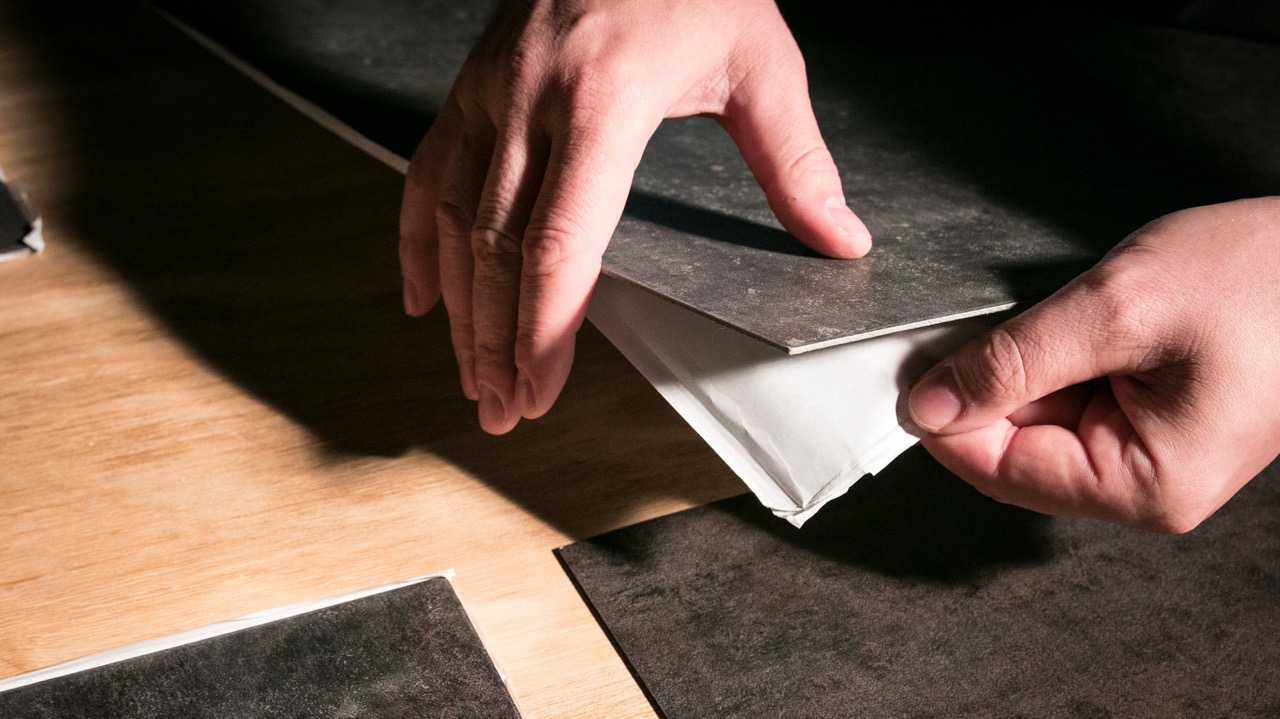
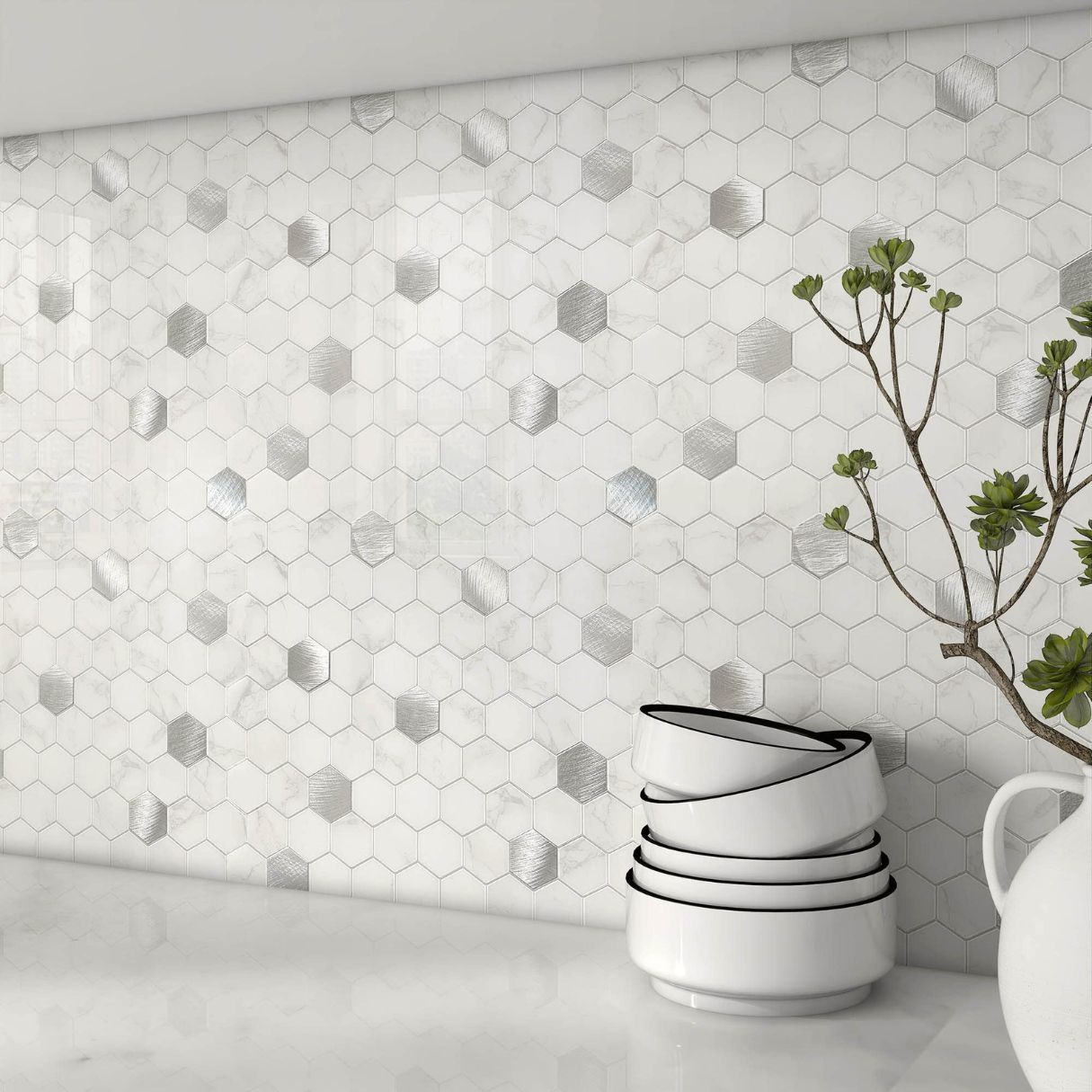
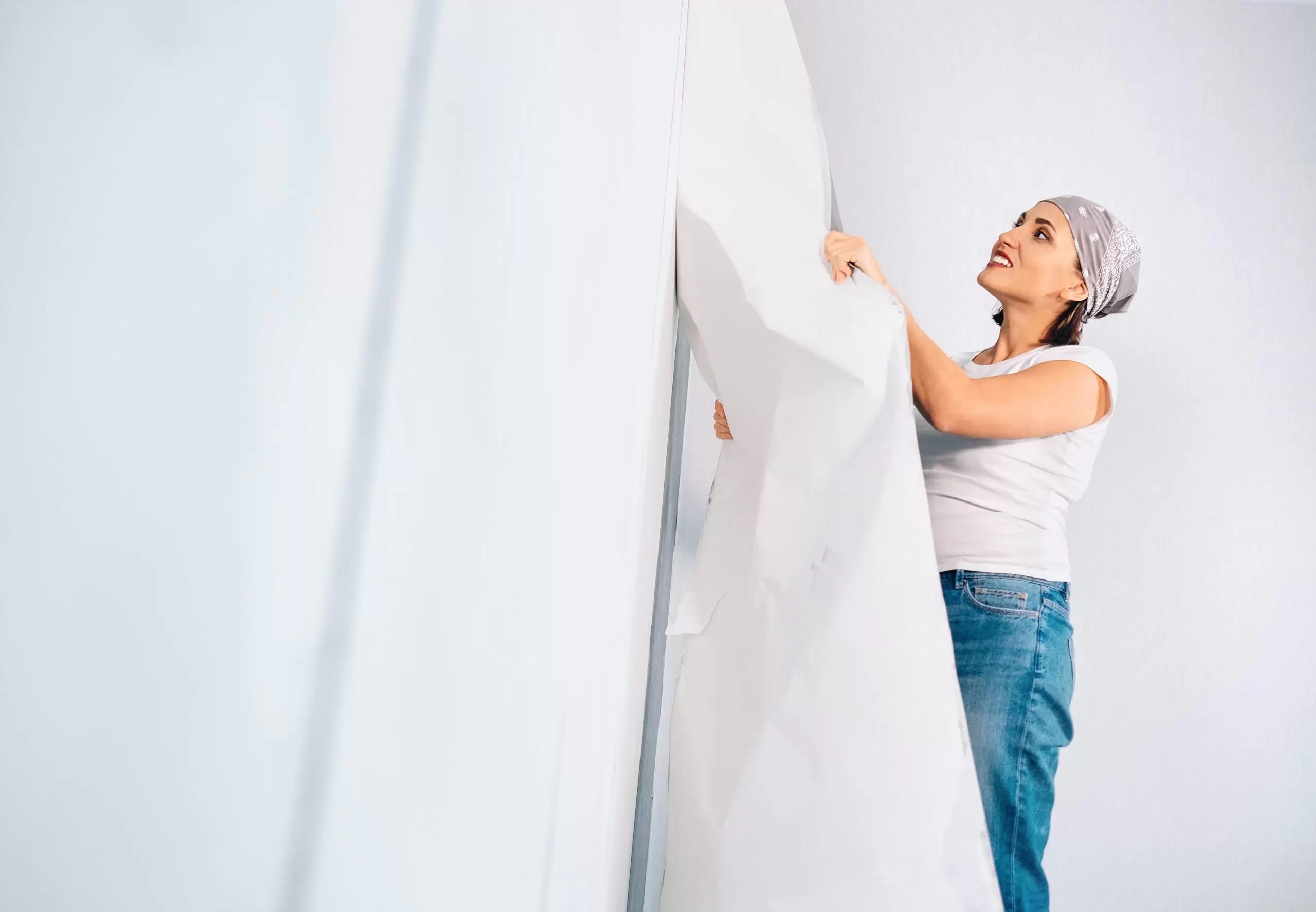
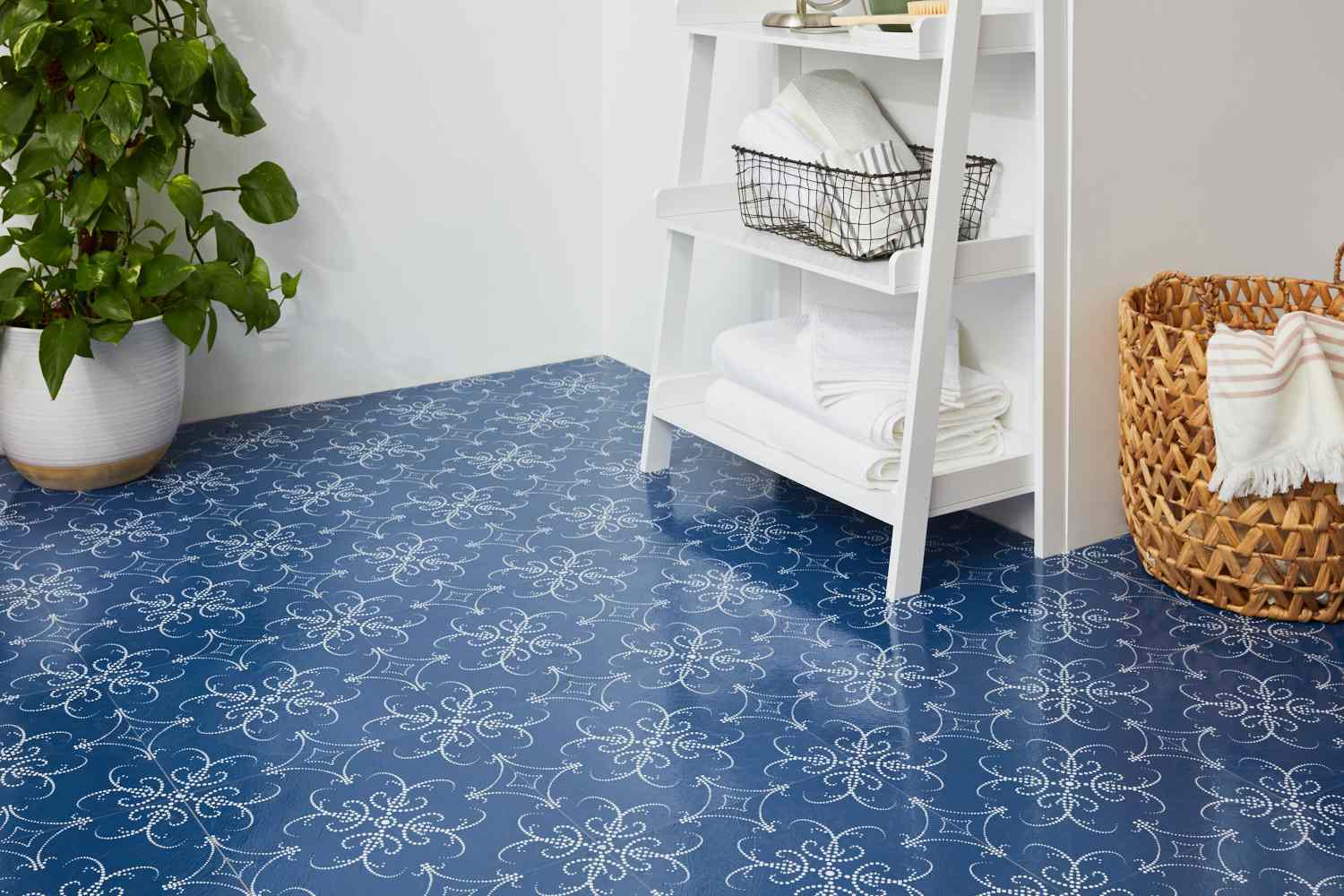
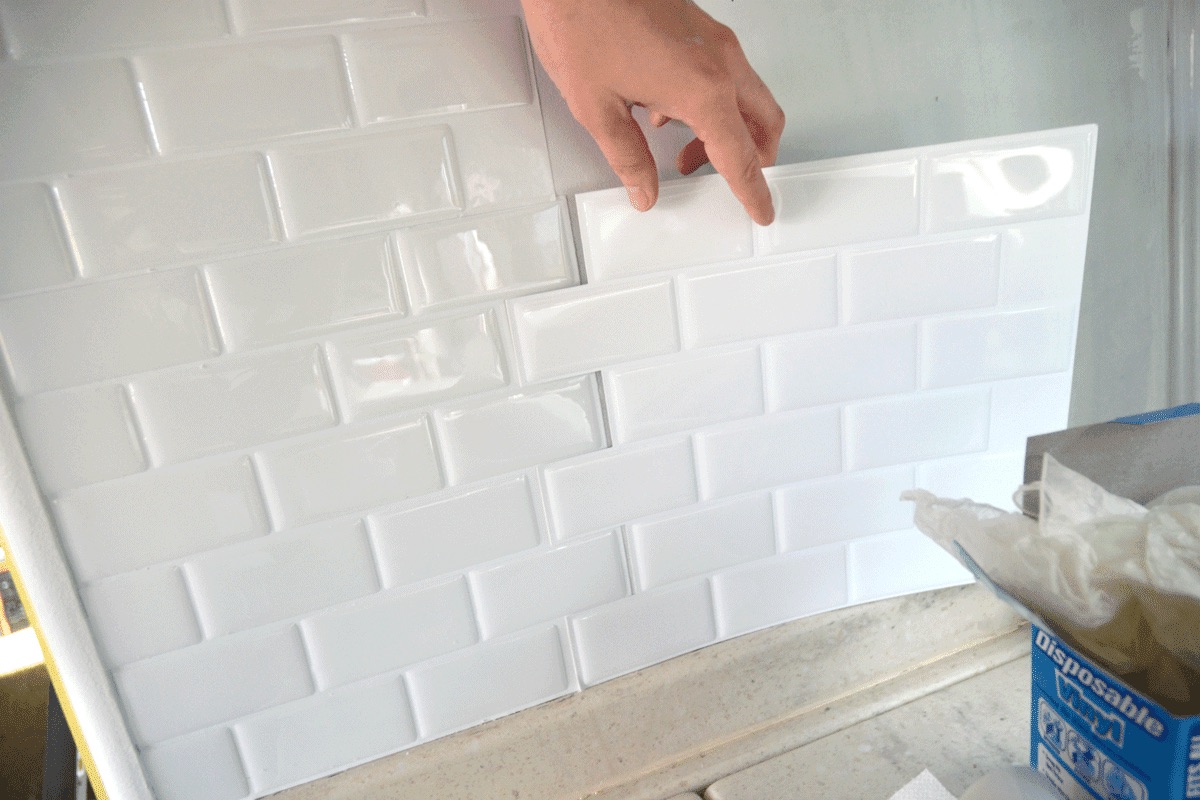

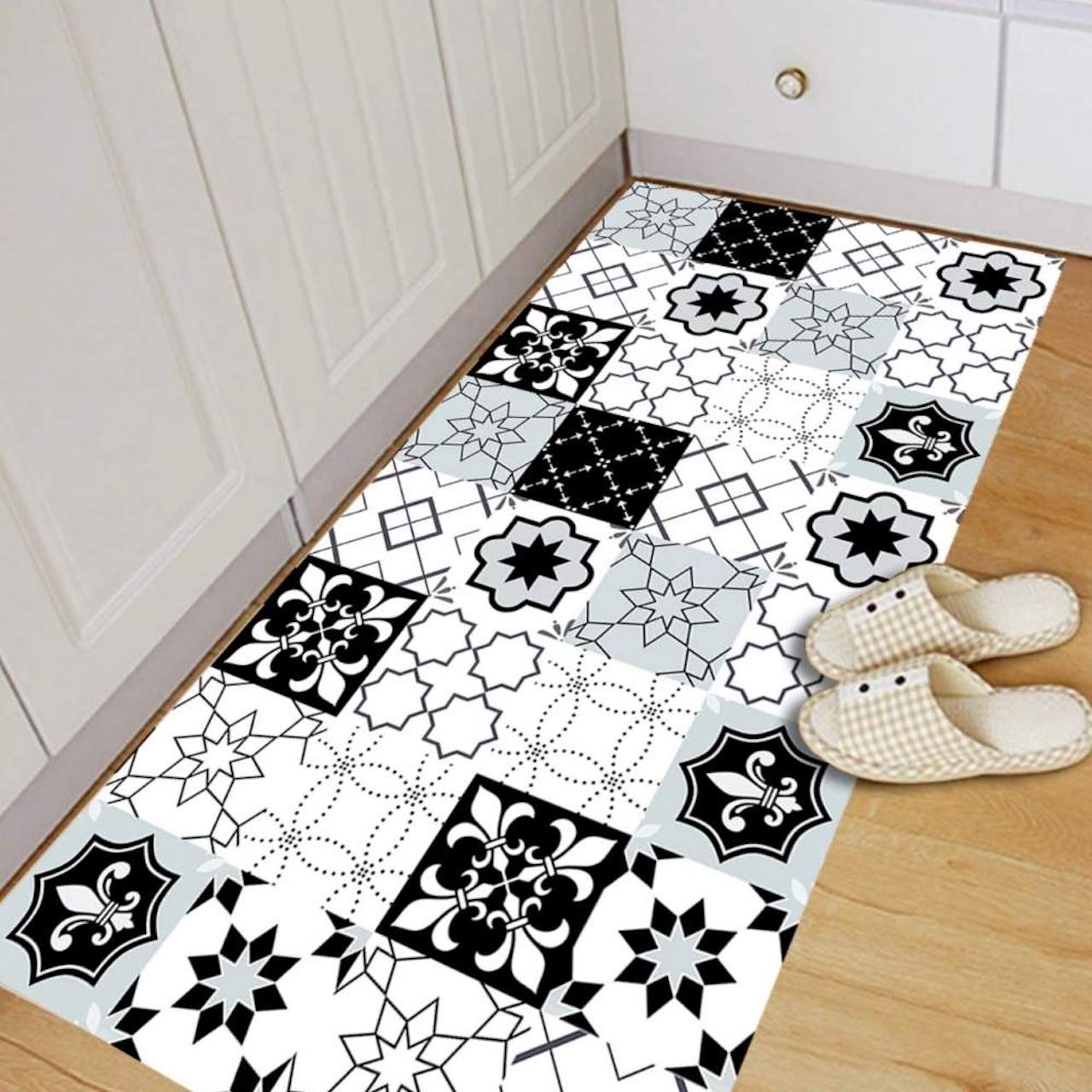
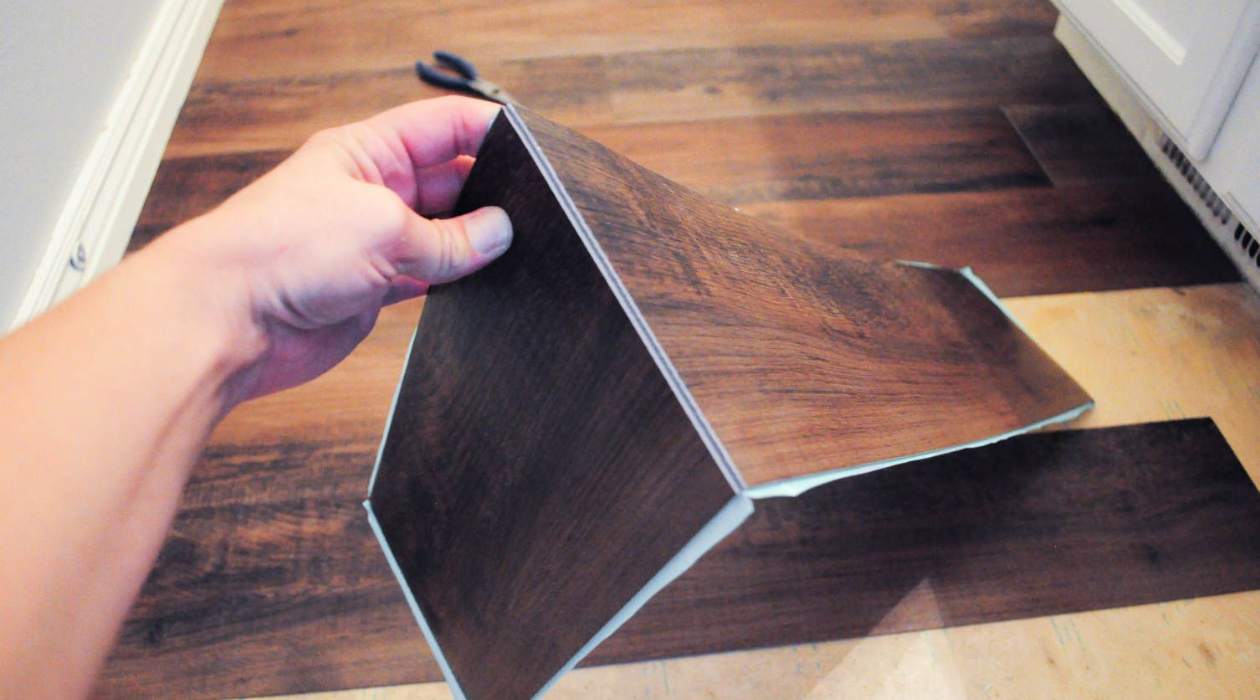
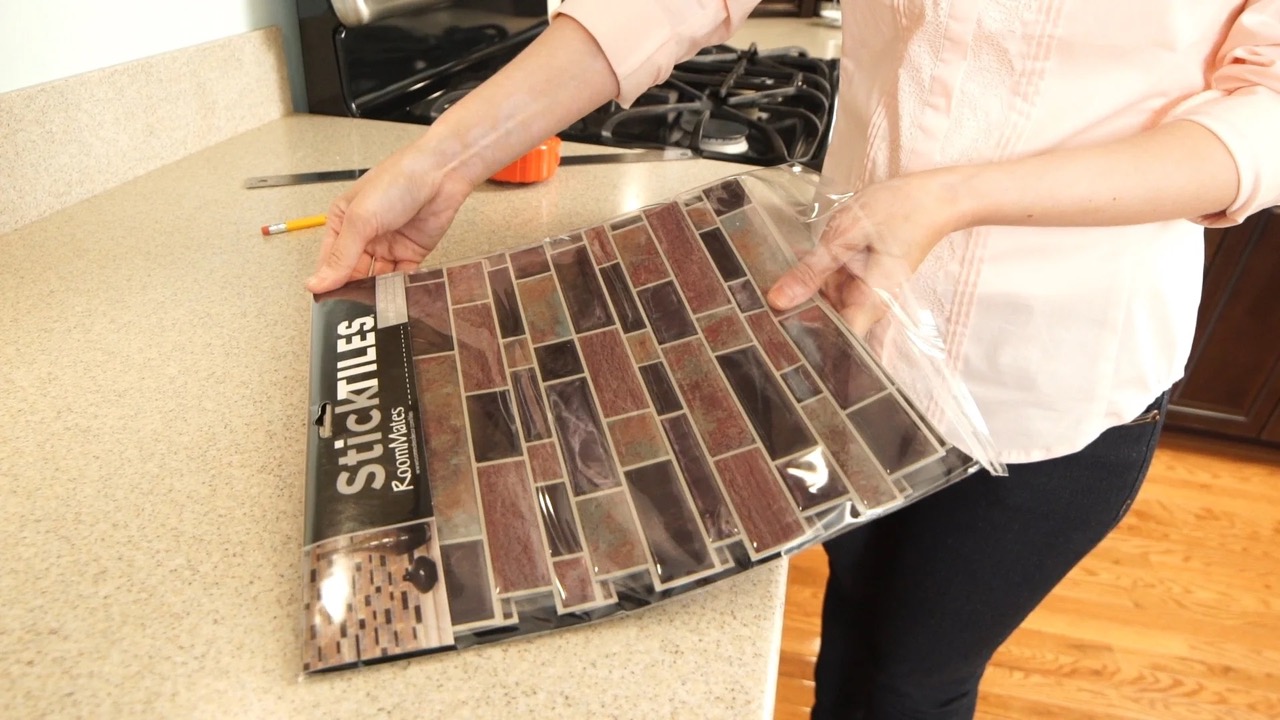
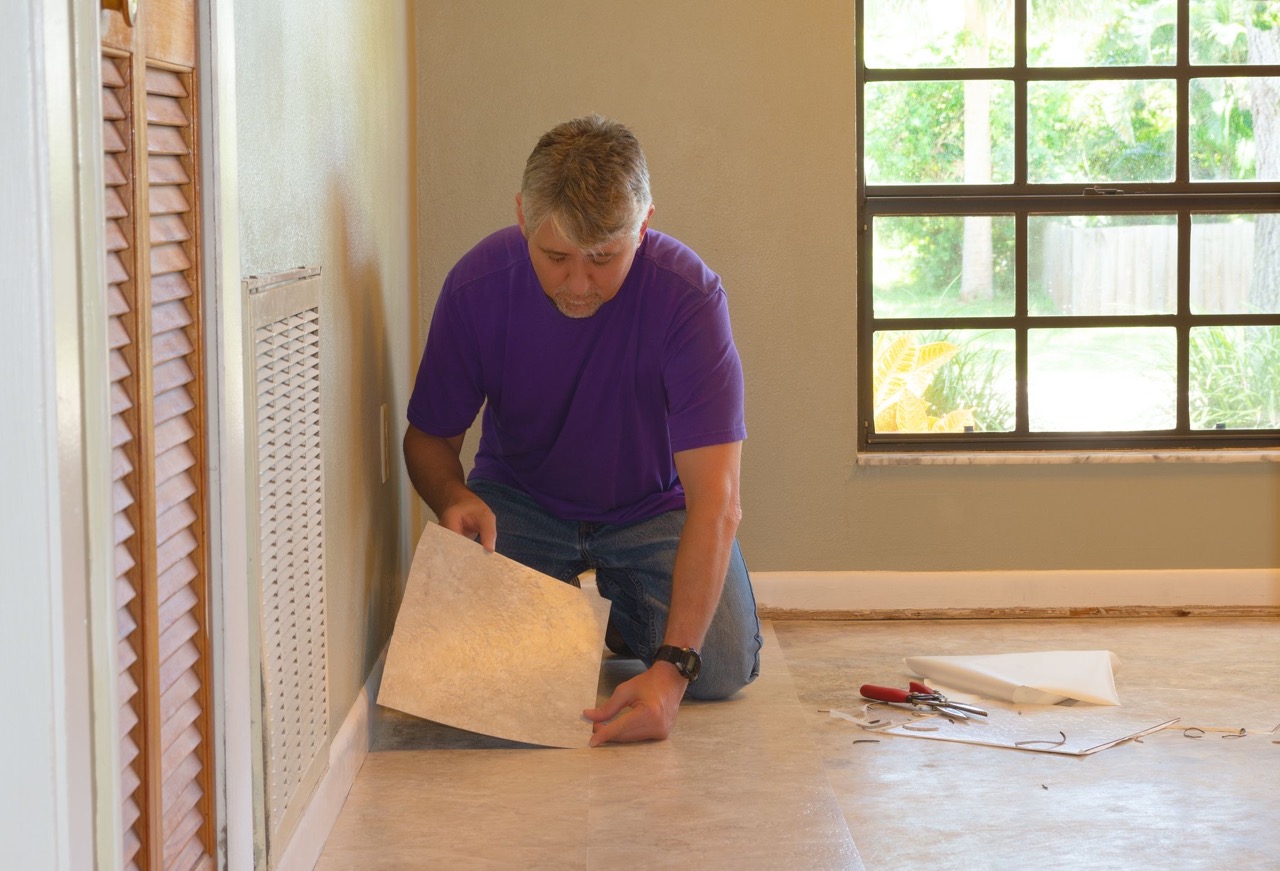
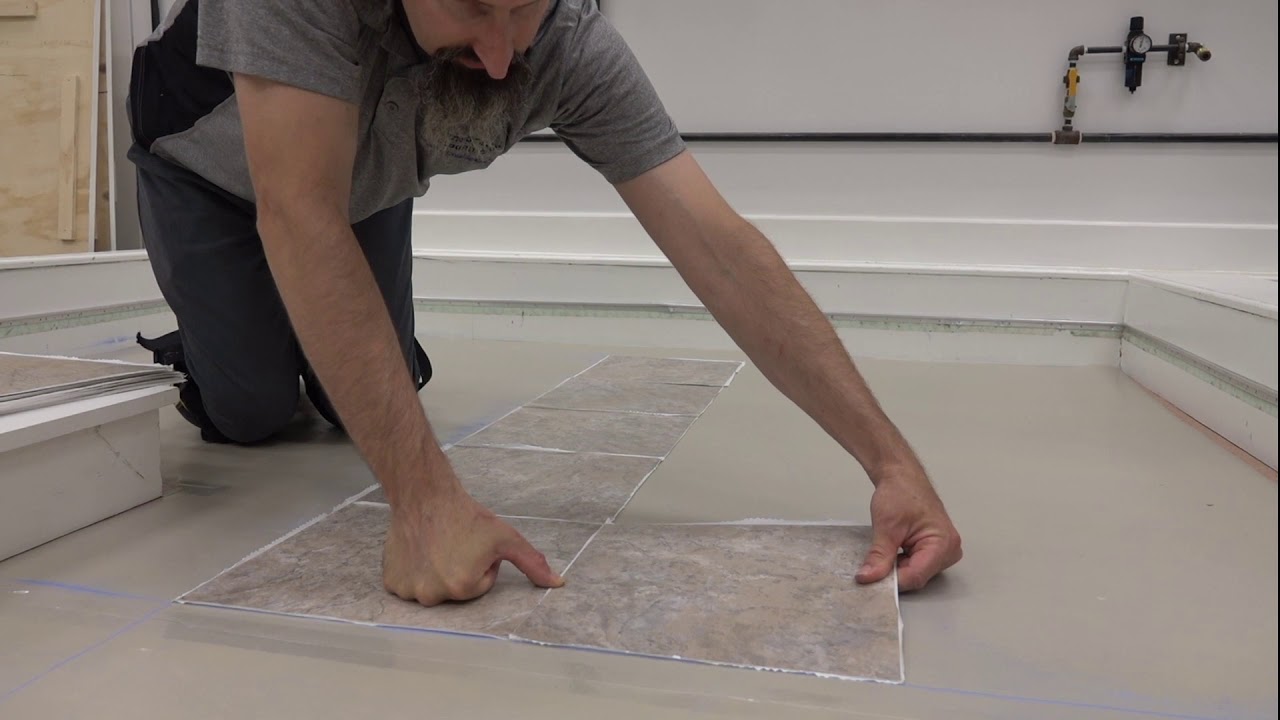
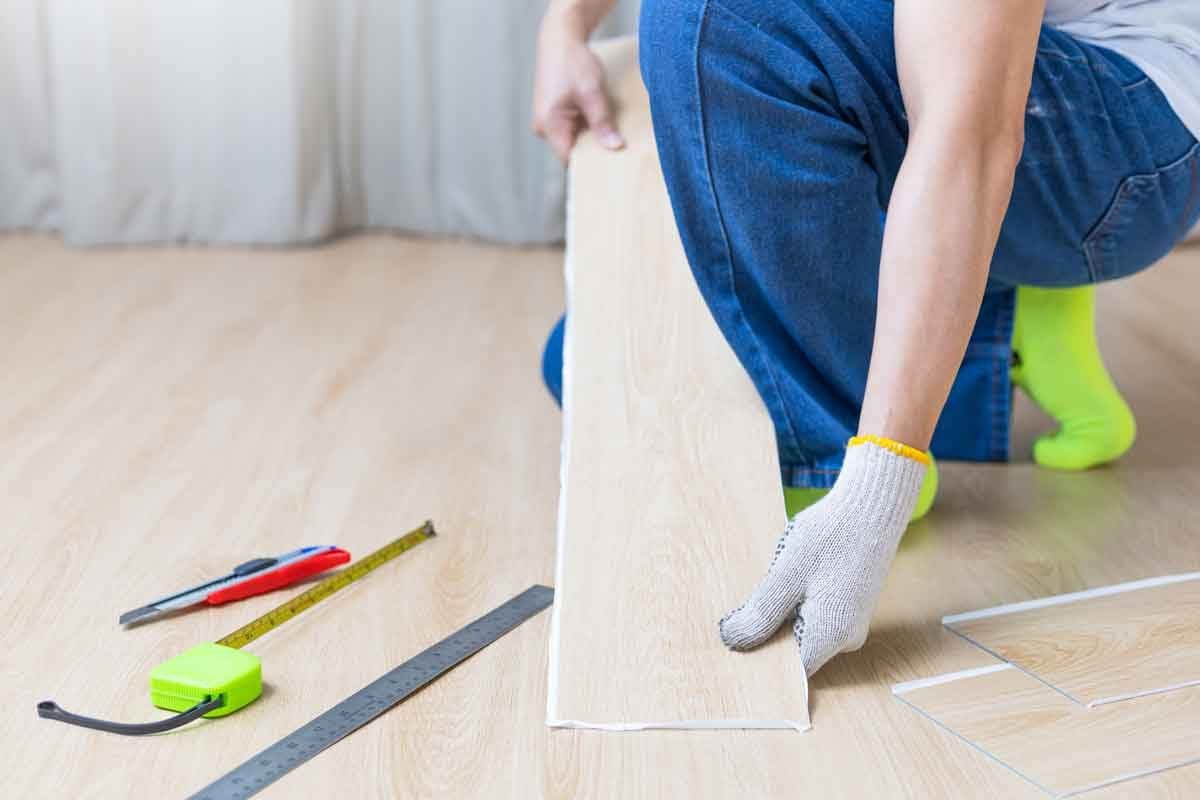
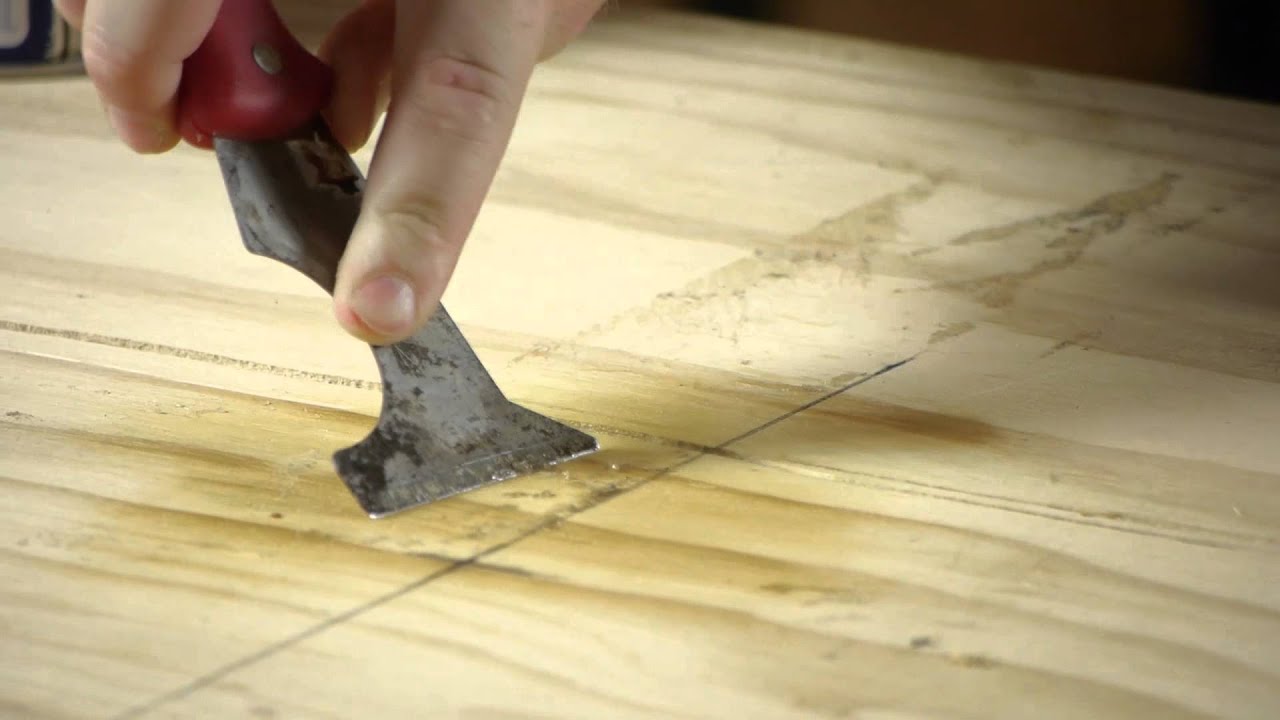
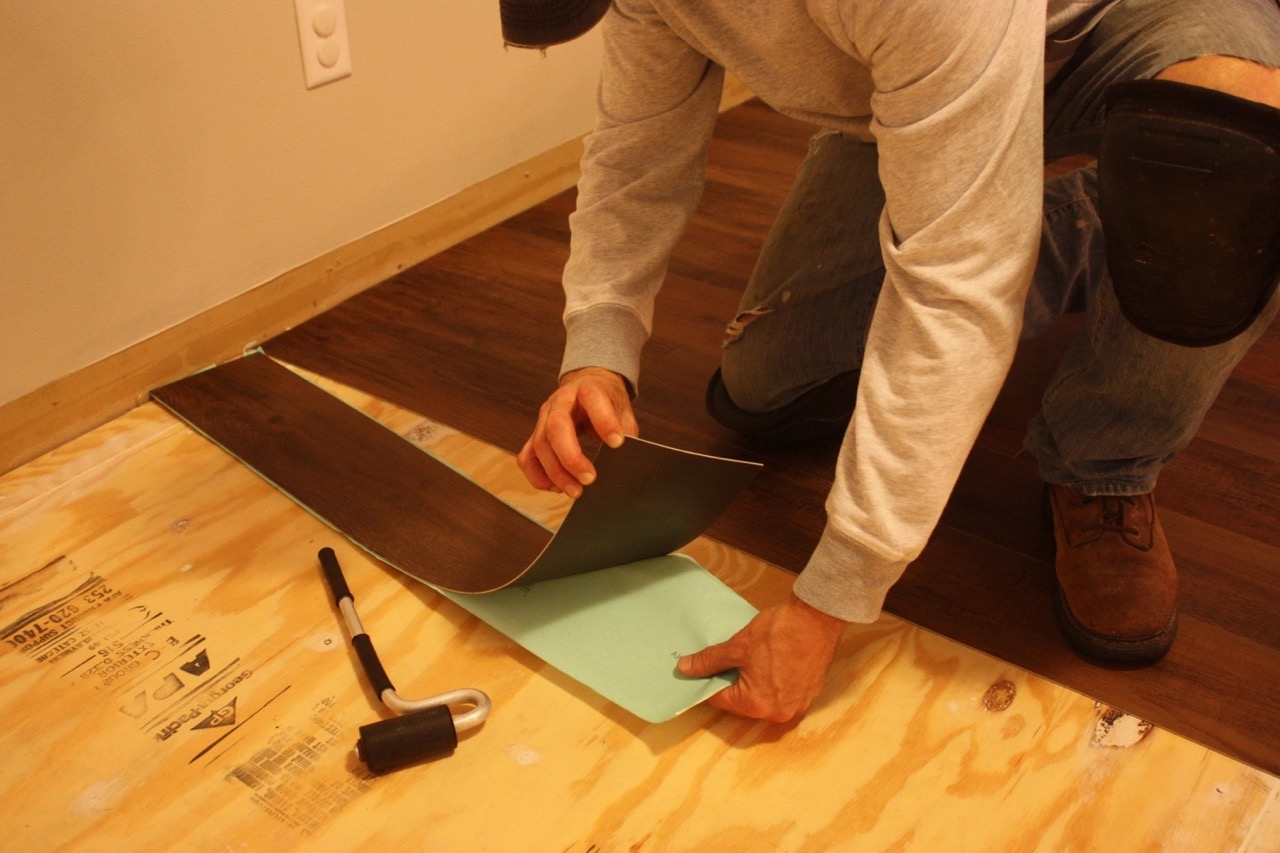

0 thoughts on “How Long Does Peel And Stick Tile Last”